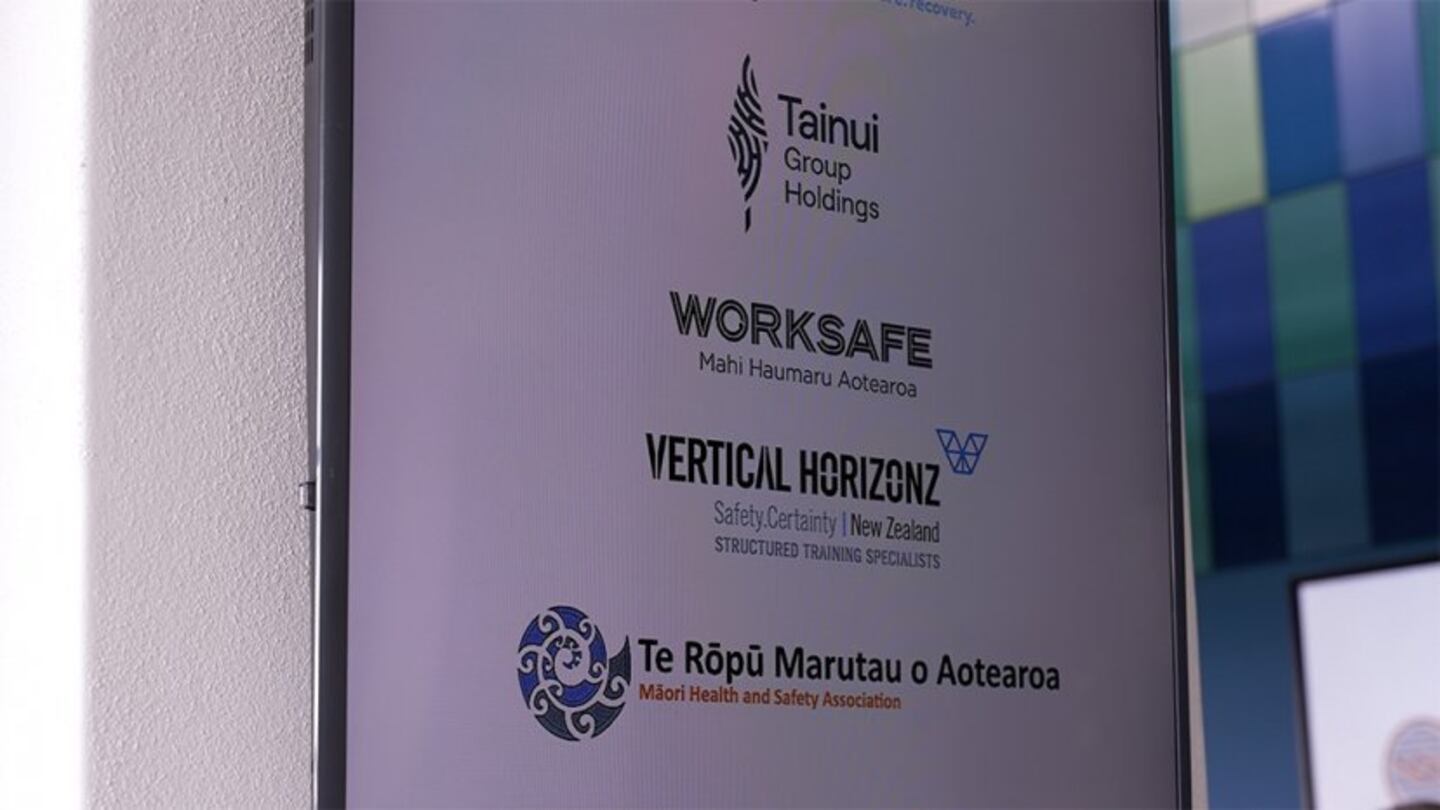Today Te Roopu Marutau o Aotearoa held the first Māori health and safety conference in Kirikiriroa, with the aim of promoting a ‘by Māori for Māori’ approach to achieve equitable outcomes for Māori workers.
According to New Zealand’s primary workplace health and safety regulator WorkSafe, there are 103 work-related injury claims for every 1000 Māori full-time workers. That's compared to 83 claims for every 1000 Pākehā workers.
Te Roopu Marutau o Aotearoa (the Māori Health and Safety Association) chairman Wayne Kohi acknowledges the poor statistics, which he wants to change.
“Why are these statistics so high? The one we are focusing on today is about engagement-building relationships with tangata Tiriti, employers of Māori who are overrepresented in these numbers,” Kohi said.
The sold-out event bought together 345 attendees from across New Zealand, representing more than 150 well-known commercial organisations, iwi, hapū and the wider community.
'Has to change'
Work Safe NZ chief executive Phil Parkes presented the vision the regulator has developed for the safety of Māori in the workplace given Māori are enormously overrepresented in those statistics.
“As far as Work Safe is concerned and as far as I am concerned that is unacceptable and that has to change,” Parkes said.
“All of the cultural insights that we are hearing today about Te Ao Māori are going to change the way we approach Māori and when we work with Māori to make a difference for Māori.”
He Taonga Consultants director Tane Cook from Te Whare Wānanga o Awanuiārangi presented on Haumaru Tāngata, a Māori-centred framework to reduce workplace injury and fatalities. This research was also supported by ACC and has now been highlighted as the platform Te Roopu Marutau o Aotearoa will launch from.
Cook said that, if tikanga such as pōwhiri for manuwhiri, were included as part of inductions, this would create better and lasting relationships, developing and actioning pono (truth), tika (doing things properly), and aroha (with love). “And it is tikanga like these that will get our people home safely to their families after mahi,” Cook said.
How to identify gaps
Members of Te Roopu Marutau o Aotearoa have a self-assessment tool so organisations will be able to see where they stand in terms of cultural responsiveness as well as to help identify gaps that need to be addressed. It is intended to serve as a starting point for organisations’ cultural shift. The process may require changes in policies, practices, and attitudes.
Te Roopu Marutau o Aotearoa is developing resources and guidance to support organisations and is encouraging every business that values its employees to get on board.

